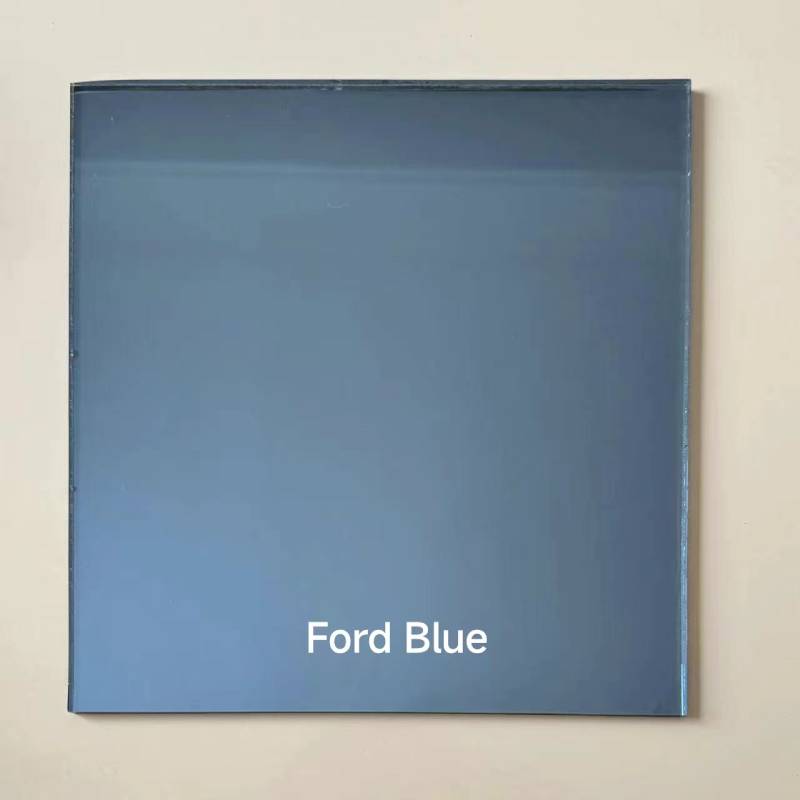

Understanding Tempered Glass The Benefits and Functions
Tempered glass, also known as toughened glass, is a type of safety glass that has been treated through a process of extreme heating and rapid cooling to increase its strength compared to normal glass. The process makes tempered glass approximately four to five times stronger than standard glass, making it an ideal choice for various applications where safety and strength are paramount.
Understanding Tempered Glass The Benefits and Functions
One of the primary functions of tempered glass is to enhance safety. In the event of breakage, tempered glass shatters into small, blunt pieces rather than sharp shards, significantly reducing the risk of injury. This quality is especially important in places like shower doors, glass railings, and interior partitions where the likelihood of human contact is high.

Another significant advantage of tempered glass is its ability to withstand temperature fluctuations. Regular glass may crack when exposed to rapid changes in temperature, but tempered glass maintains its integrity under such conditions. This property makes it an ideal choice for applications like oven doors, glass cooktops, and external facades in buildings, where exposure to varying temperatures is common.
In addition to safety and thermal resistance, tempered glass also offers excellent aesthetic qualities. Its clear appearance allows for maximum light transmission, enhancing the overall aesthetic appeal of a space. Architects and designers often favor tempered glass for its modern look and ability to create sleek, unobstructed views in commercial and residential buildings. From expansive glass walls to elegant balustrades, tempered glass contributes to contemporary design while ensuring safety and durability.
The applications of tempered glass are vast. It is commonly used in the construction of skyscrapers, as safety is crucial at high altitudes. In residential buildings, it can be found in windows, glass doors, and shower enclosures. Additionally, tempered glass is prevalent in the automotive industry, where it is used for windshields and side windows to ensure the safety of occupants.
In conclusion, tempered glass stands out due to its unique manufacturing process that enhances its strength, safety, and aesthetic qualities. Its ability to resist thermal stress and shatter safely makes it a preferred material in various applications, from everyday consumer products to major construction projects. As technology advances and the demand for reliable and stylish materials continues to grow, tempered glass will likely remain a significant choice for ensuring safety and aesthetic excellence in our built environment.